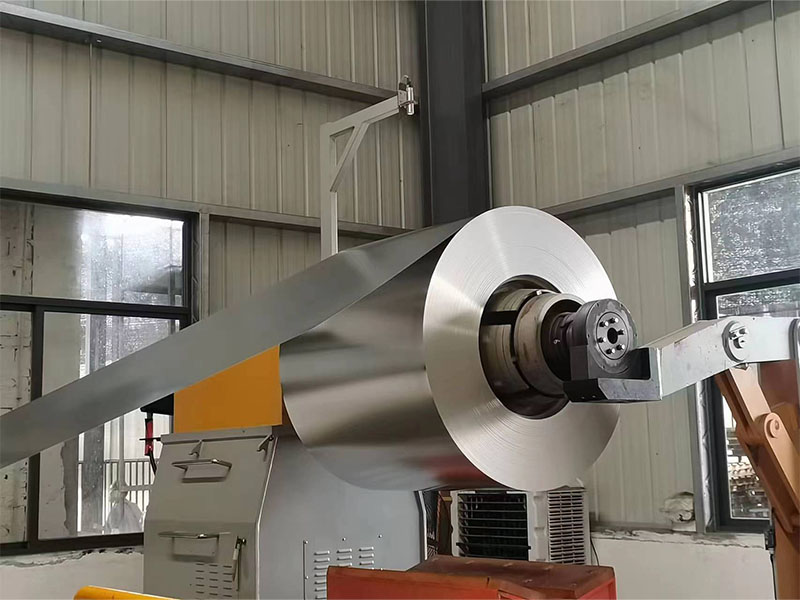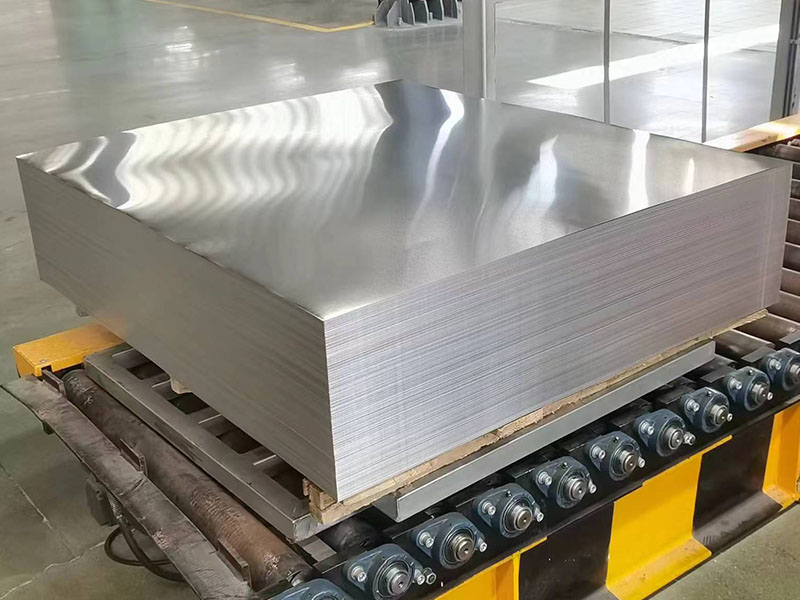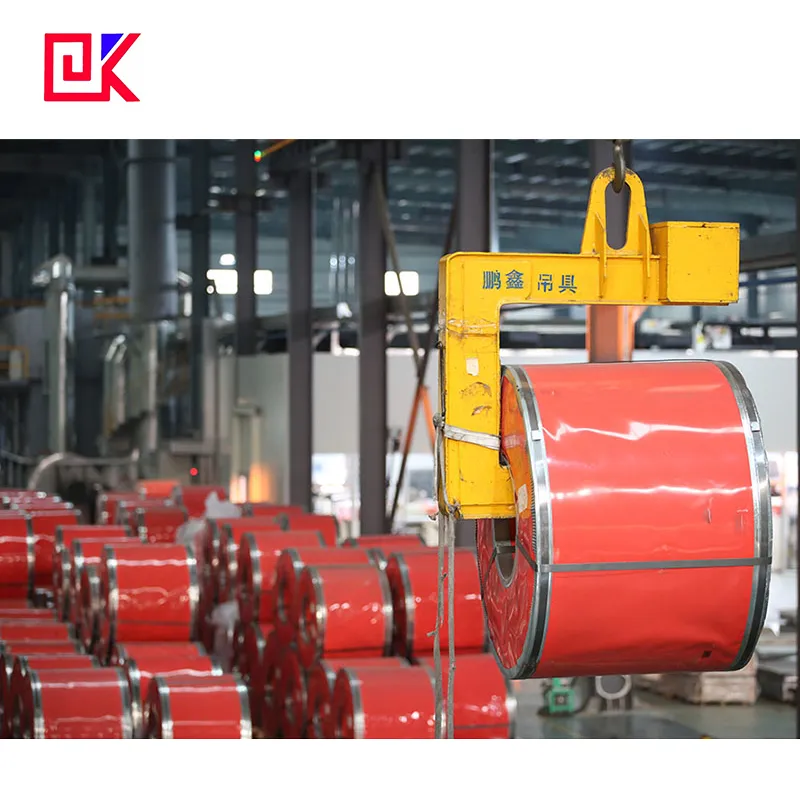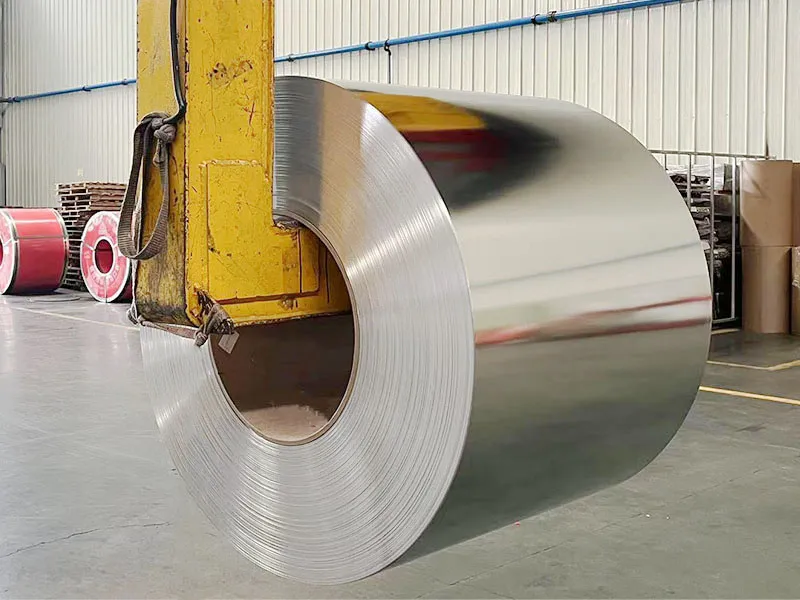Tinplate sheet is a common packaging material widely used for food, beverages, cosmetics, and industrial products. Its core material is iron, coated with a thin layer of tin for corrosion protection. Although tinplate sheet's use dates back to the 16th century, many people lack a comprehensive understanding of its physical properties, particularly its melting point.
So, what is the melting point of tinplate sheet? How does its melting point affect its application in production and processing? This article will address this fundamental question by analyzing tinplate sheet's composition, determining its melting point, and exploring its applications.

What is the composition of tinplate sheet?
Before delving into the melting point of tinplate sheet, it's important to understand its composition. Tinplate sheet isn't actually a single metal, but rather a composite material composed of two different metals: iron and tin. Its main components are as follows:
1. Iron Main Material
The main component of tinplate sheet is low-carbon steel or iron, a metal widely used in industry due to its high strength, low cost, and ease of processing. Iron (Fe) has a melting point of 1538°C. This high melting point gives it excellent thermal stability, allowing it to maintain a strong structure even in high-temperature environments.
2. The Protective Effect of the Tin Coating
The tin coating on tinplate sheet is key to its corrosion resistance. Tin (Sn) is a soft, low-melting metal at 231.9°C. This tin layer not only prevents oxidation and rusting when exposed to air but also provides a degree of physical protection. In many industrial applications, the thickness of the tin coating is typically between 0.3 and 1 micron. While thin, it is sufficient to effectively prevent oxidation.
3. The Combination of Iron and Tin
Tinplate sheet is unique in that it combines two metals with different melting points—iron and tin. This bonding is achieved through a hot-dip coating process. During production, the tin is heated to a liquid state and then applied to the surface of the treated iron sheet. Once cooled, the tin layer firmly adheres to the iron sheet, forming the tinplate sheet. This combination gives tinplate sheet the strength of iron and the corrosion resistance of tin.

What is the melting point of tinplate sheet?
Typically, the melting point of tinplate sheet (tin layer) is 231.9°C. Tinplate sheet, chemically symbolized FeSn, is an alloy typically composed of iron and tin. Its low melting point offers advantages in processing and applications. Data indicates a molecular weight of approximately 118.69, a density between 7.265 and 7.31 g/cm³ at 20°C, and a boiling point of 2602°C. These physical properties make tinplate sheet a valuable material in many industries.
However, because tinplate sheet is composed of two metals, iron and tin, with different melting points, its melting point is a complex issue. The concept of melting point typically refers to the temperature at which a single substance transitions from solid to liquid. However, for composite materials like tinplate sheet, a single melting point cannot be used. We need to discuss the melting points of the tin layer and the iron substrate separately, as well as their interaction at high temperatures.
1. Melting Point of Tin Layer: 231.9°C
Tinplate sheet is coated with tin, which has a melting point of 231.9°C. This temperature is relatively low, so if the sheet is exposed to temperatures near or above this during processing or use, the tin layer may begin to melt. This can affect the sheet's corrosion resistance, especially when used at high temperatures, where the melting tin may expose the underlying iron, making it susceptible to oxidation.
However, the melting of the tin layer does not immediately deplete the sheet's mechanical strength. Even after the tin melts, the underlying iron remains solid, providing strength. Therefore, despite tin's lower melting point, its impact on the sheet's overall stability is limited.
2. Melting Point of Iron: 1538°C
In contrast, the underlying iron base of tinplate sheet has a high melting point of 1538°C. This high melting point ensures the thermal stability of tinplate sheet in most industrial applications. Even during high-temperature operations such as welding and cutting, the iron substrate remains solid and resists melting. This is one reason tinplate sheet is widely used in the packaging industry.
During high-temperature processing or production processes such as printing, welding, or coating, although the surface tin layer may begin to melt or vaporize, the iron material maintains its original strength, ensuring the overall structure is intact.
3. Melting Process of the Iron-Tin Composite
In actual applications, when tinplate sheet is heated above 231.9°C, the tin layer begins to melt, while the iron material inside remains solid. Therefore, the melting process of tinplate sheet occurs in stages. First, the tin layer melts, and then, at 1538°C, the iron substrate begins to melt. Therefore, the melting point of tinplate sheet cannot be simply attributed to a specific temperature; rather, it is a gradual process that takes into account the different melting points of tin and iron and their behavior at high temperatures.

What are the uses of tinplate sheet melting point in processing?
The melting point of tinplate sheet directly impacts its handling during production and processing. High-temperature processes such as welding, cutting, and coating require careful consideration of the sheet's melting point to ensure the material maintains its mechanical strength and corrosion resistance during processing.
1. High-Temperature Soldering and Tin Layer Protection
When soldering tinplate sheet, it is typically heated to a temperature close to or above the melting point of tin, partially melting the tin layer. However, the high temperatures encountered during soldering can damage the integrity of the tin layer, leading to a decrease in corrosion protection. Therefore, workers often employ special protective measures during soldering, such as applying antioxidants or re-tinning after soldering, to restore its corrosion protection.
2. Temperature Control during Printing and Coating Processes
When printing on tinplate sheet, heat treatment processes such as drying or baking are often used. These processes typically require temperatures below the melting point of tin to prevent melting of the tin layer. Temperature control is crucial for both print quality and surface protection. Excessive temperatures can melt the tin layer and affect the print quality, resulting in blurred or distorted images on the product surface.
3. Temperature Management During Cutting and Forming
When cutting or forming tinplate sheet, due to the high melting point of iron, the material can withstand significant mechanical stress without deformation. However, friction during the cutting process can cause localized temperature increases, approaching the melting point of tin. To prevent the tin layer from melting, the cutting speed and tool temperature must be precisely controlled.

How does the melting point affect the use of tinplate sheet in packaging?
Due to its strong corrosion resistance and mechanical strength, tinplate sheet is a commonly used packaging material for food and beverages. However, its melting point can affect its performance in certain environments, particularly during high-temperature transportation, storage, and use.
1. Heat Treatment in Food Packaging
During the food packaging process, canned foods often undergo heat treatment to sterilize them. This process typically occurs at temperatures between 120°C and 140°C, well below the melting point of tin. Therefore, the tin layer does not melt during this process, effectively protecting the iron from oxidation. Furthermore, the high melting point of iron ensures that tinplate sheet cans do not deform at high temperatures, maintaining their structural stability.
2. High-Temperature Storage and Transportation
In high-temperature environments, the tin layer of tinplate sheet may partially melt or soften, reducing its corrosion resistance. Therefore, when storing or transporting tinplate sheet in high-temperature environments, additional protective measures are required to prevent exposure to extreme heat to ensure product integrity.
3. Corrosion Resistance in Chemical Packaging
For chemical packaging, the corrosion resistance of tinplate sheet is crucial. While the tin layer offers excellent corrosion resistance, its melting point can affect its protective properties in high-temperature or acidic environments. During certain chemical reactions, rising temperatures can cause the tin layer to thin or melt, exposing the iron substrate and increasing the risk of corrosion. Therefore, chemical packaging is often specially treated to enhance its high-temperature resistance for specific environments.
In summary, the melting point of tinplate sheet is not a fixed value but is determined by the difference in the melting points of its two constituent metals. The melting point of tin is 231.9°C, while that of iron is 1538°C. This difference results in multiple characteristics in the behavior of tinplate sheet in high-temperature environments. Understanding this characteristic is crucial for the proper application of tinplate sheet during production and use.
What are Dekai's main export markets?
Dekai supplies high-quality metal packaging products to clients across Asia, Europe, the Americas, and the Middle East. As a China-based supplier, we provide competitive prices, global shipping, and fast lead times. International clients choose us for our OEM/ODM services, reliable quality, and ability to handle both wholesale and custom orders.

